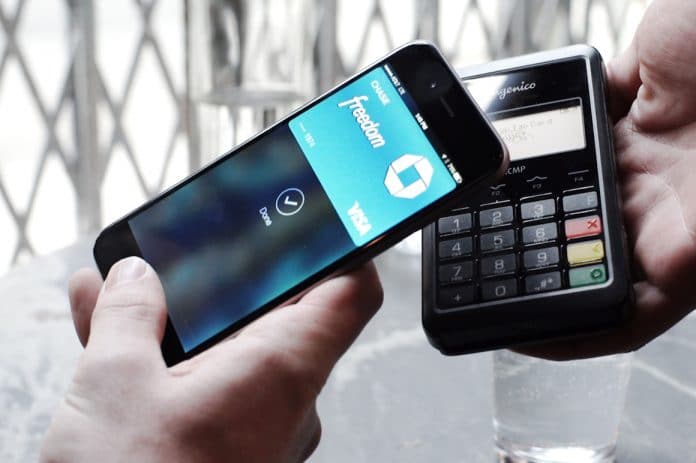The number of retailers offering contactless payment systems in the UK is growing at a rapid rate. For some consumers, contactless cards are a welcome alternative to carrying around pockets full of cash for small purchases while others are sceptical about their use. For many, this anxiety is largely down to not understanding how the system works and can therefore be overcome.
Why Use Contactless Payment Systems?
The number of people choosing to make payments by card is increasing, with fewer people opting to carry around cash for making payments when visiting the shops. However, paying by card using a Chip and PIN machine can be time consuming due to the time it takes to find and insert the card, for the machine to read the card and for the PIN number to be entered. Whilst this is not usually an issue when large purchases are being made, this can lead to queues in shops with a steady stream of customers making small purchases, for example convenience stores.
Contactless payments are both fast and secure. They can only be used for making low value payments of £20 and under, which keeps the risk of somebody else using the card and running up a large bill to an absolute minimum. As an extra security level, contactless payment machines will occasionally ask for a PIN number to be entered.
Contactless payments can currently be made using certain credit and debit cards, as well as some models of mobile phone. The card or phone only needs to be held up to the contactless payment machine for a moment, greatly reducing the transaction time compared to paying by card using a chip and PIN machine.
How Do Contactless Payment Systems Work?
Contactless payments can be made on machines displaying a ‘Wave’ symbol. Much in the same way as when paying with a Chip and PIN card, the retailer will enter the transaction amount, and the payment machine will show that it is ready for the payment to be made. To complete the transaction, simply hold the contactless payment card or phone up to the machine until the terminal beeps and displays a message indicating that the card has been read and the transaction is complete. It usually takes less than a second for the card to be recognised, making it significantly quicker than a Chip and PIN machine.
Contactless payments do not transmit any details about the cardholders identity. The only information transmitted is the card details, which are sent securely using an encrypted code which changes every time the card is used.
Contactless cards are designed to only be read from a very short distance, making it extremely unlikely that payments can be made by accident and difficult for criminals to access card information. Even if they were to get a hold of this, the constantly changing encryption codes would mean that they would be unable to make a counterfeit card.
Another benefit of contactless payment cards is that, unlike regular Chip and PIN cards, they never have to leave your hand, or even your wallet. This greatly reduces the likelihood of fraud through card skimming, where a card is swiped through an illegitimate device designed to read data from the chip or magnetic strip on the card. Keeping your card in your possession is the best way to prevent card fraud.
Using a Contactless Payment Card
Most banks are now offering their customers contactless payment cards as standard, with many banks now building contactless technology into cards as they are renewed. They are a great way of reducing transaction times for small purchases, and a good alternative to cash transactions.
ATTENTION READERS
We See The World From All Sides and Want YOU To Be Fully InformedIn fact, intentional disinformation is a disgraceful scourge in media today. So to assuage any possible errant incorrect information posted herein, we strongly encourage you to seek corroboration from other non-VT sources before forming an educated opinion.
About VT - Policies & Disclosures - Comment Policy




